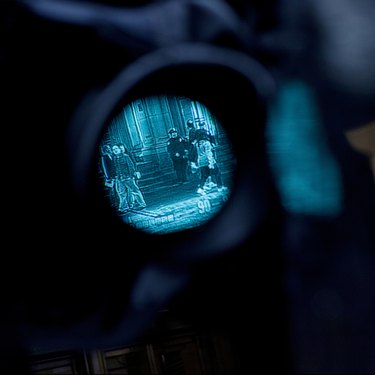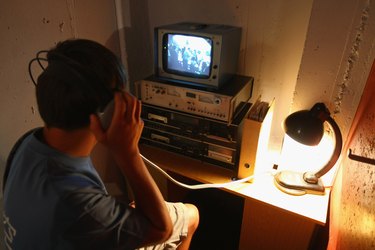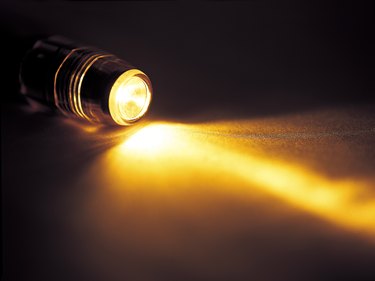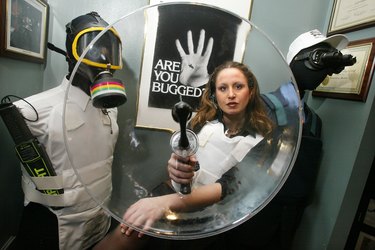
As technology improves, cameras and listening devices have gotten smaller, quieter and more readily disguised. While this is great for anyone wishing to conduct surveillance, it does inhibit your ability to feel safe from prying eyes, even when no one is around. While in some cases you may be protected from hidden cameras by your jurisdiction's laws—police, for instance, cannot plant these devices without a warrant, and private citizens can often not record video or sound in a private place without the knowledge and consent of the person being recorded—knowing how to discover hidden devices can be worth more than the laws designed to protect you from them.
Step 1

Conduct a physical search of the area, looking for any conspicuously placed objects such as stuffed animals, smoke detectors, lamps, picture frames or books. Cameras can be discovered by looking for objects that seem to be "pointed" at areas of the room in an unnatural way. Listening devices can be stashed under tables or chairs, or inside pots and vases.
Video of the Day
Step 2

Watch for any flashing or illuminated lights. Most cameras and listening devices include an "on" or "ready" light, and its glow will help you to find it. While these lights can often be disabled, a novice may forget, or may rely on you never searching for the planted device. Turning off the lights can help.
Step 3

Listen for electronic noises, static, or hiss as you search the room. Though many recording devices can operate in a "stealth" mode, the clicks made by electronic devices can often not be silenced. There are probably many electronic noises that you tune out, so listen intently for anything that sounds different. An assisted hearing device, such as a hearing aid, will likely not help unless you normally wear one, as it is hard to distinguish a foreign object's sound from the noise the hearing aid itself makes.
Step 4

Shine a flashlight at various parts of the room, especially onto reflective surfaces. Surveillance devices can be hidden behind mirrors or other types of glass that effectively mask whatever is behind it under normal lighting conditions, but reveal anything if light is shone directly on it. You may also be able to catch a reflection from a hidden camera's lens. A flashlight will also assist with your physical search by narrowing the amount of space your eye is searching, and will allow you to focus on anything out of place.
Step 5

Use a Radio Frequency (RF) signal detector to help with your search. These handheld units can identify the radio frequencies that recording devices use, and assist in locating them. While a signal detector will not tell you precisely where a hidden camera is, it will warn you as you get progressively closer to its source, helping you to find it much faster.
Video of the Day